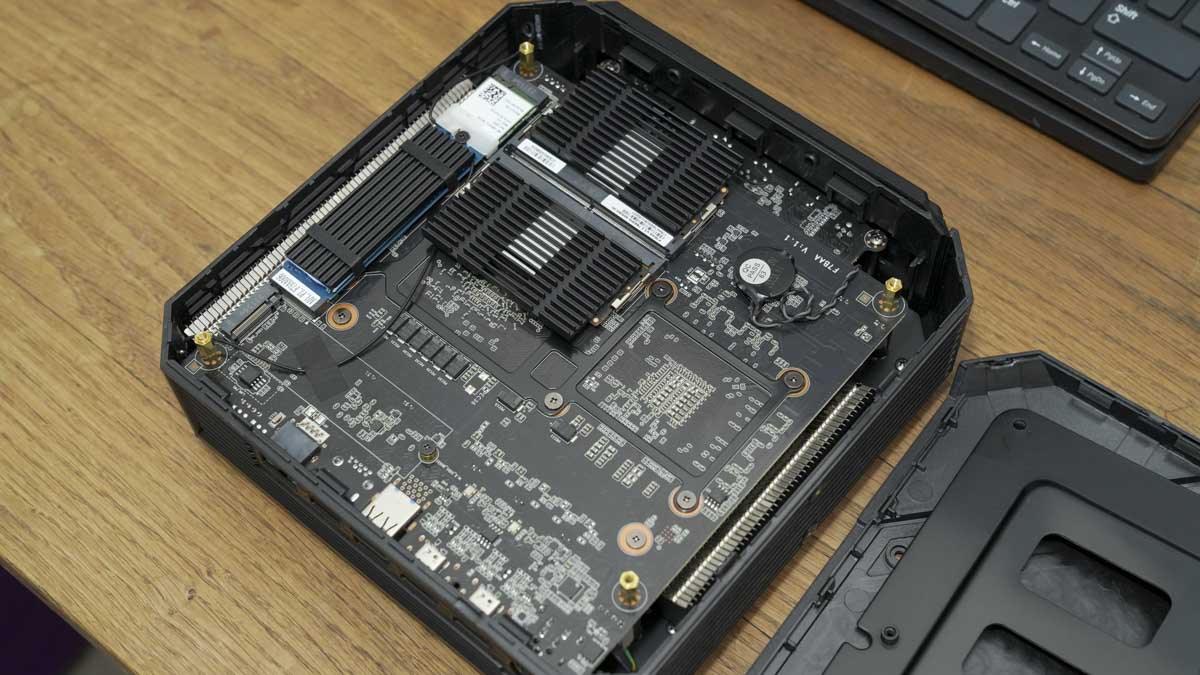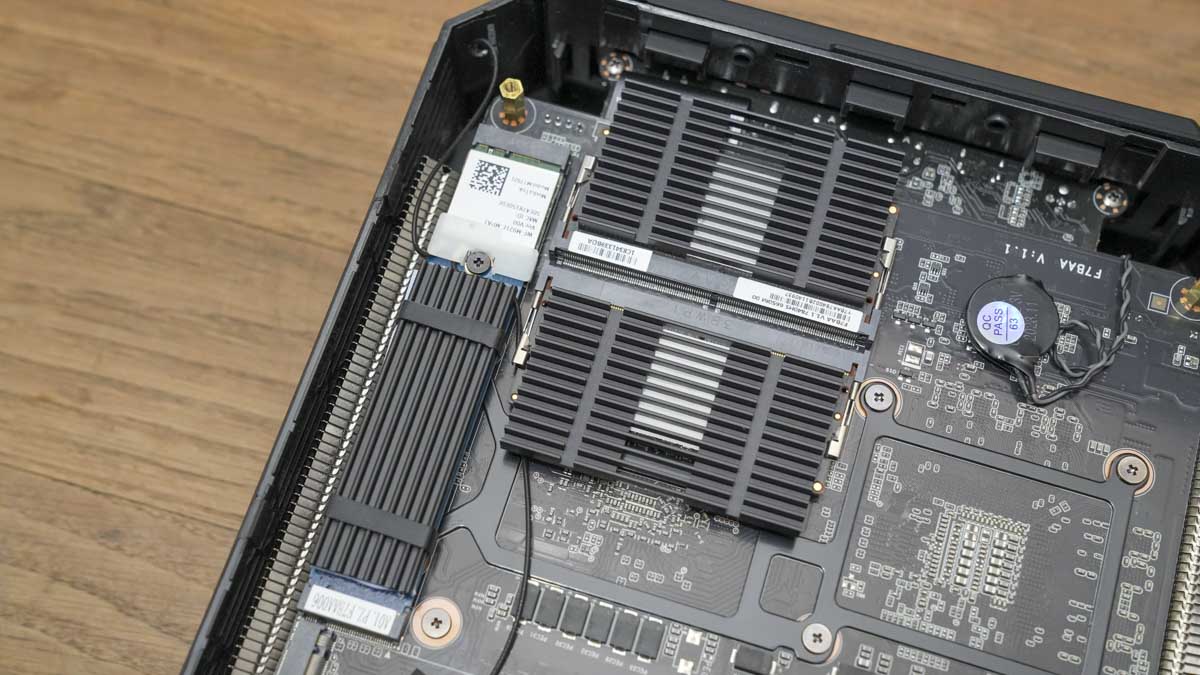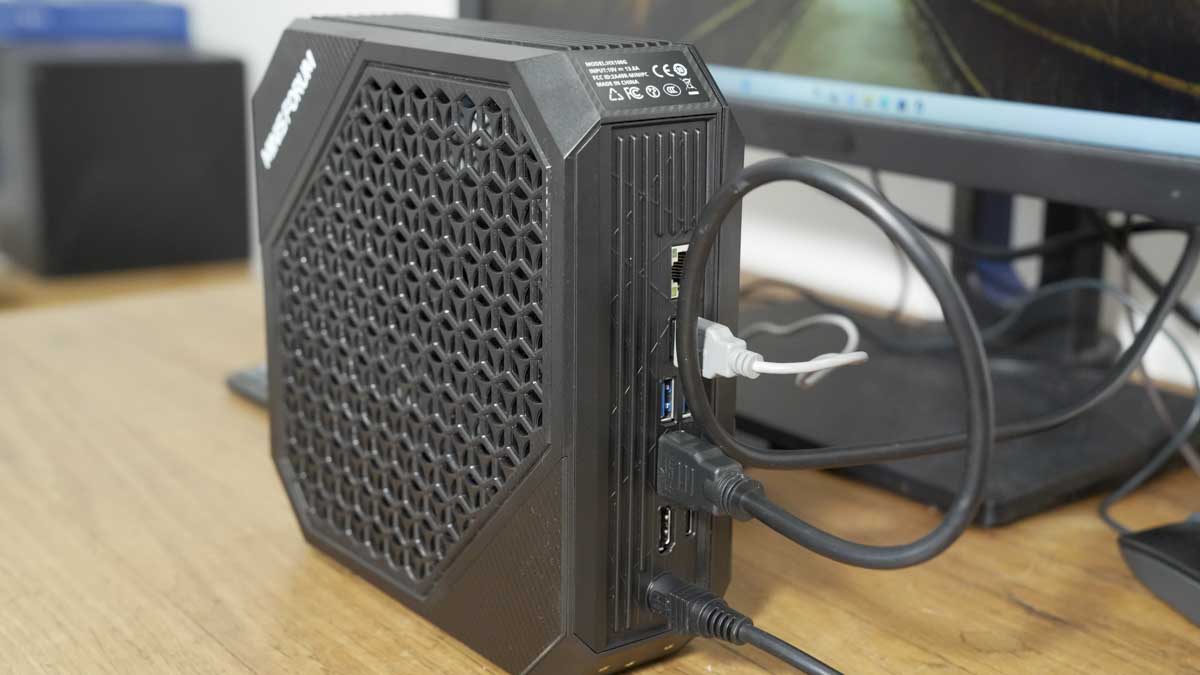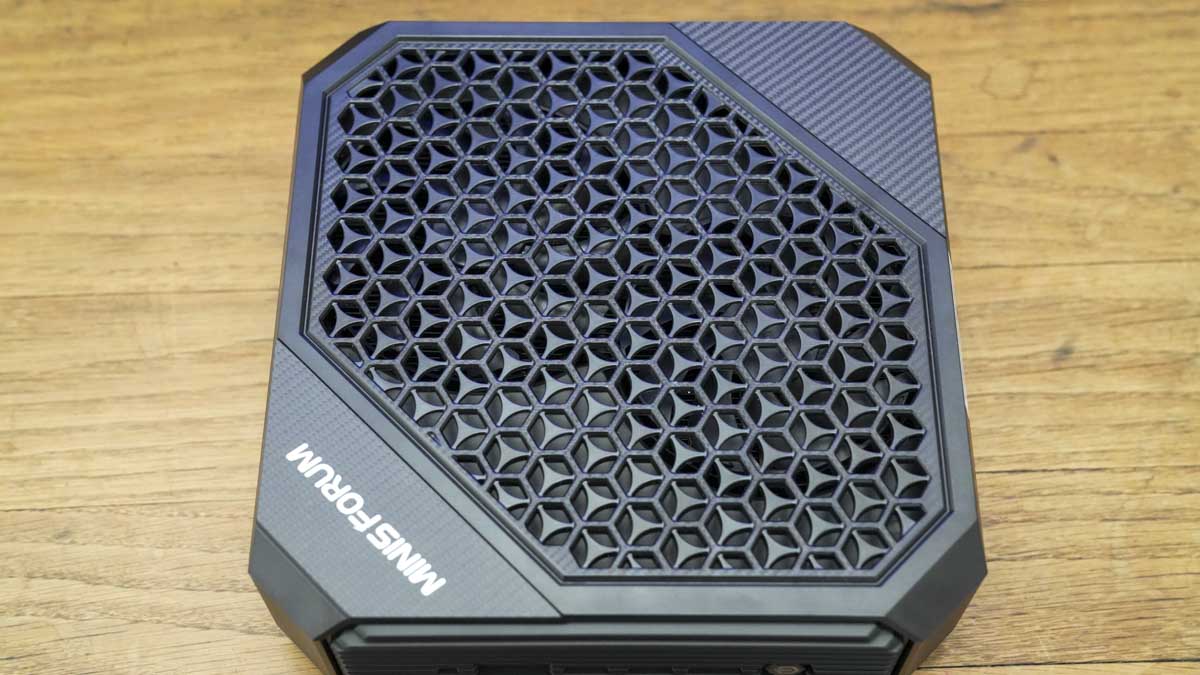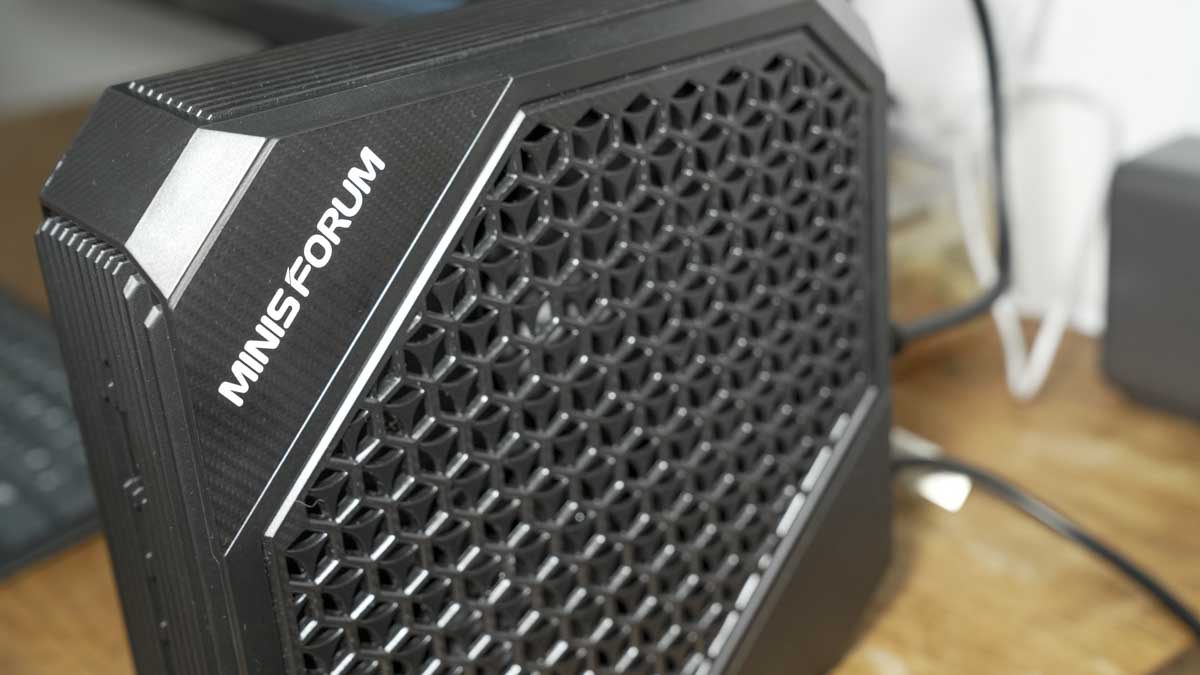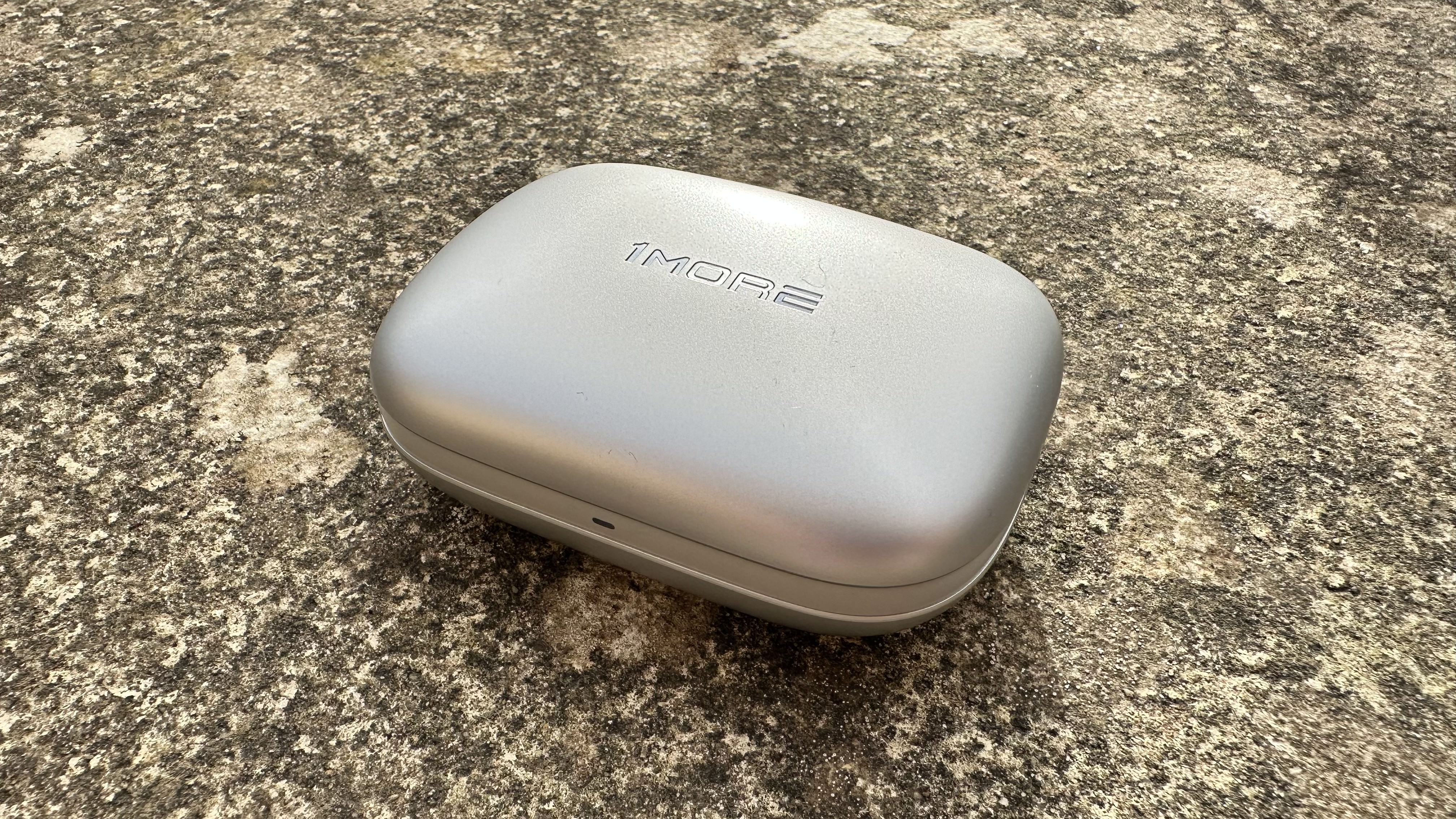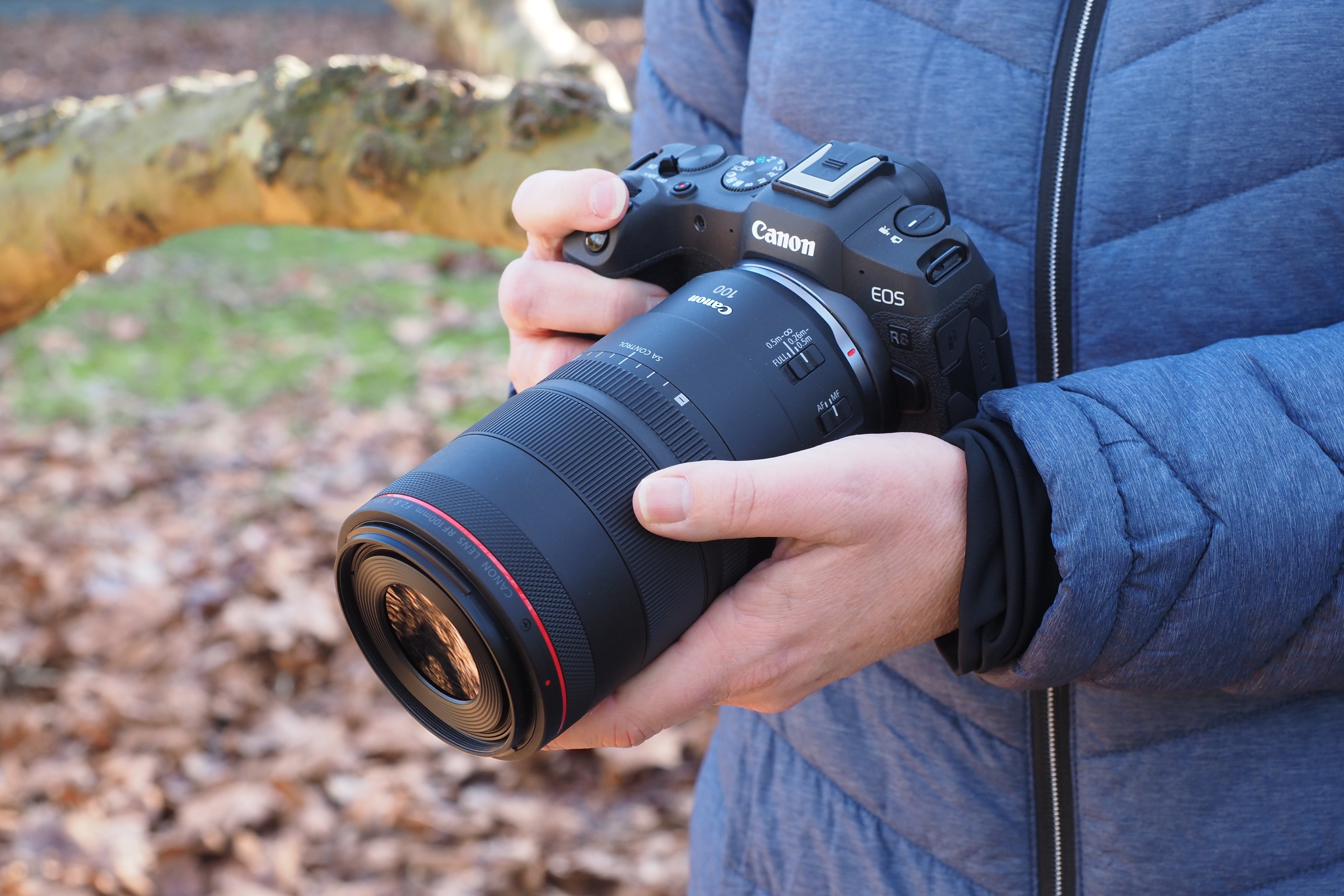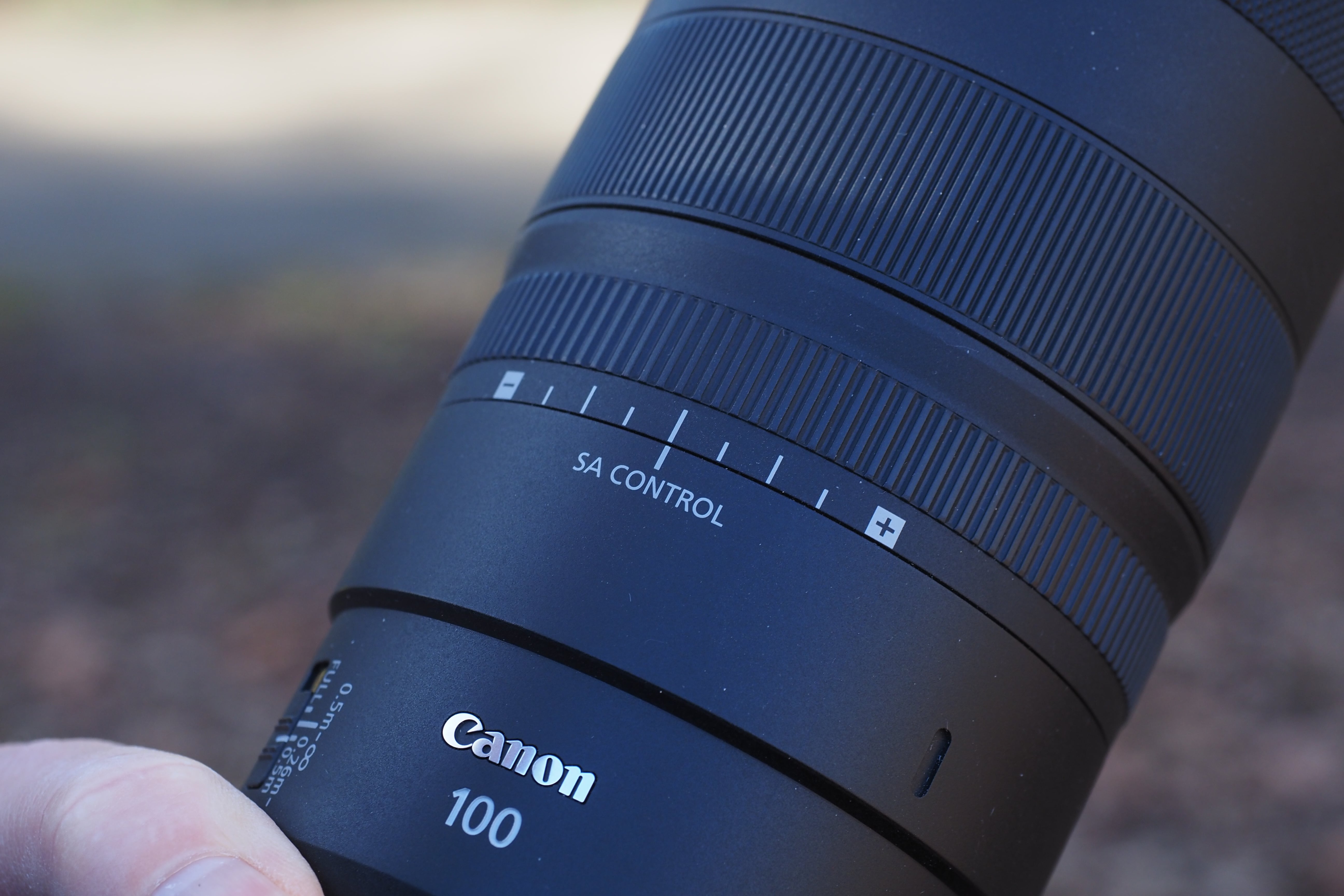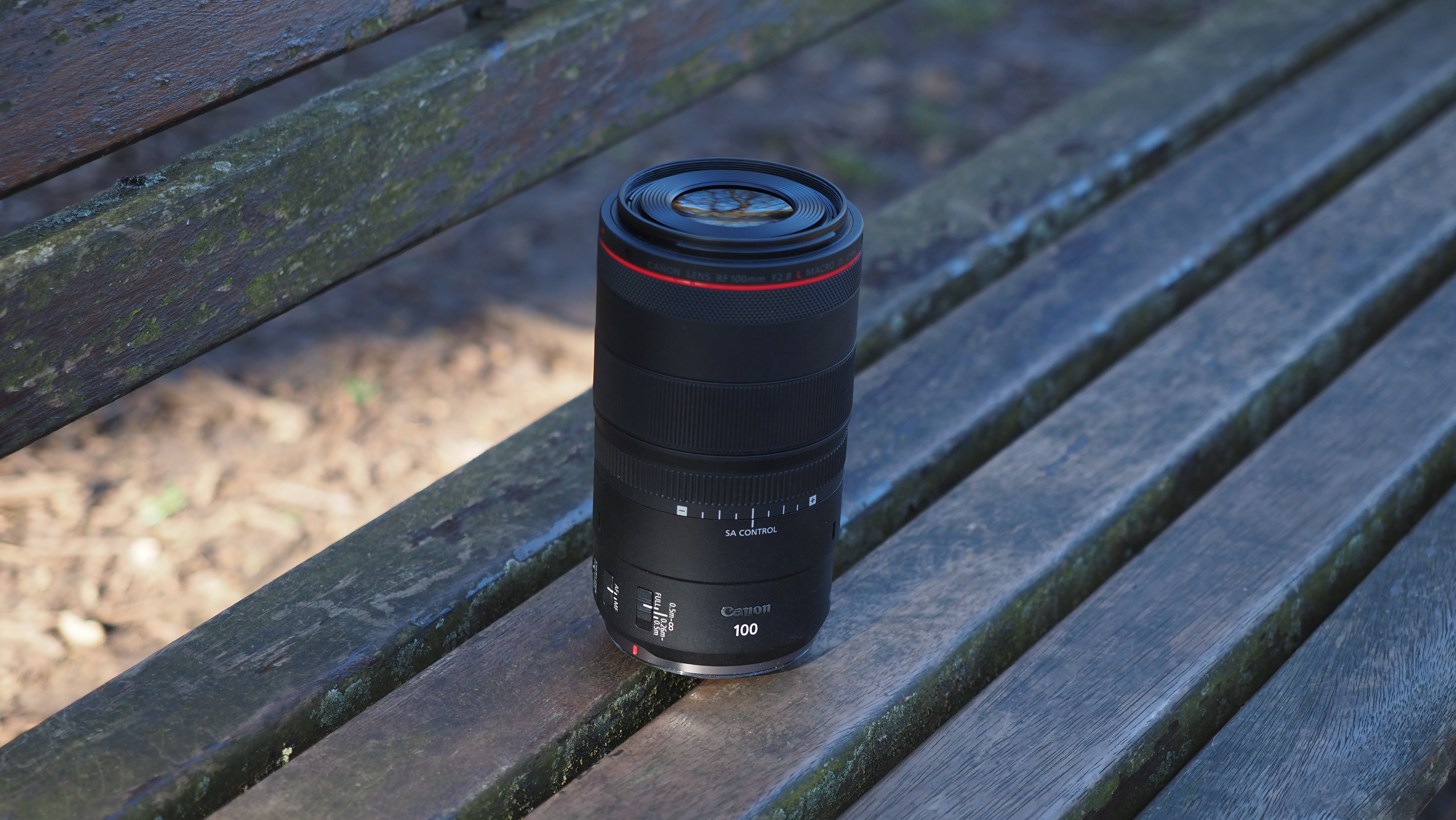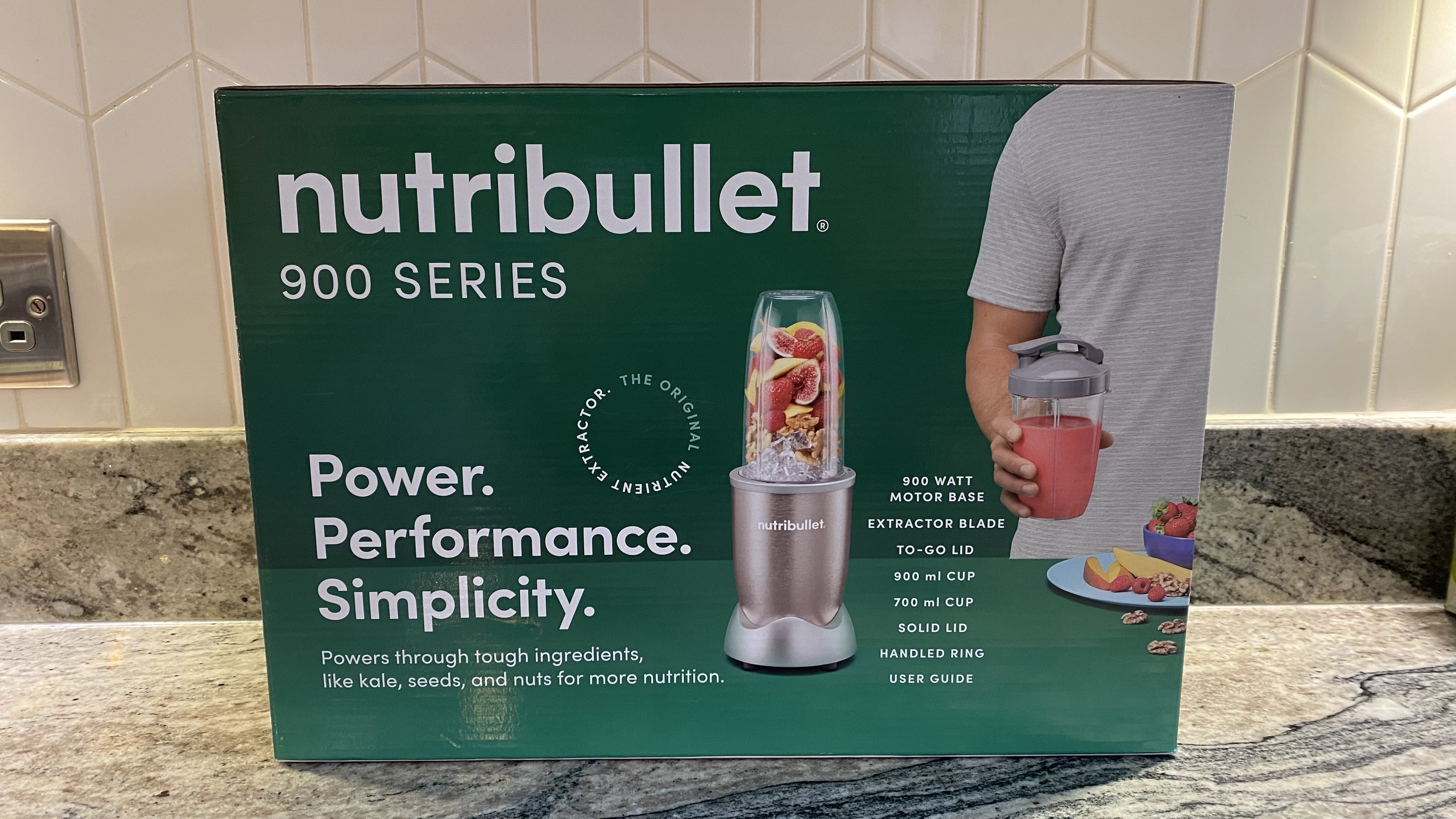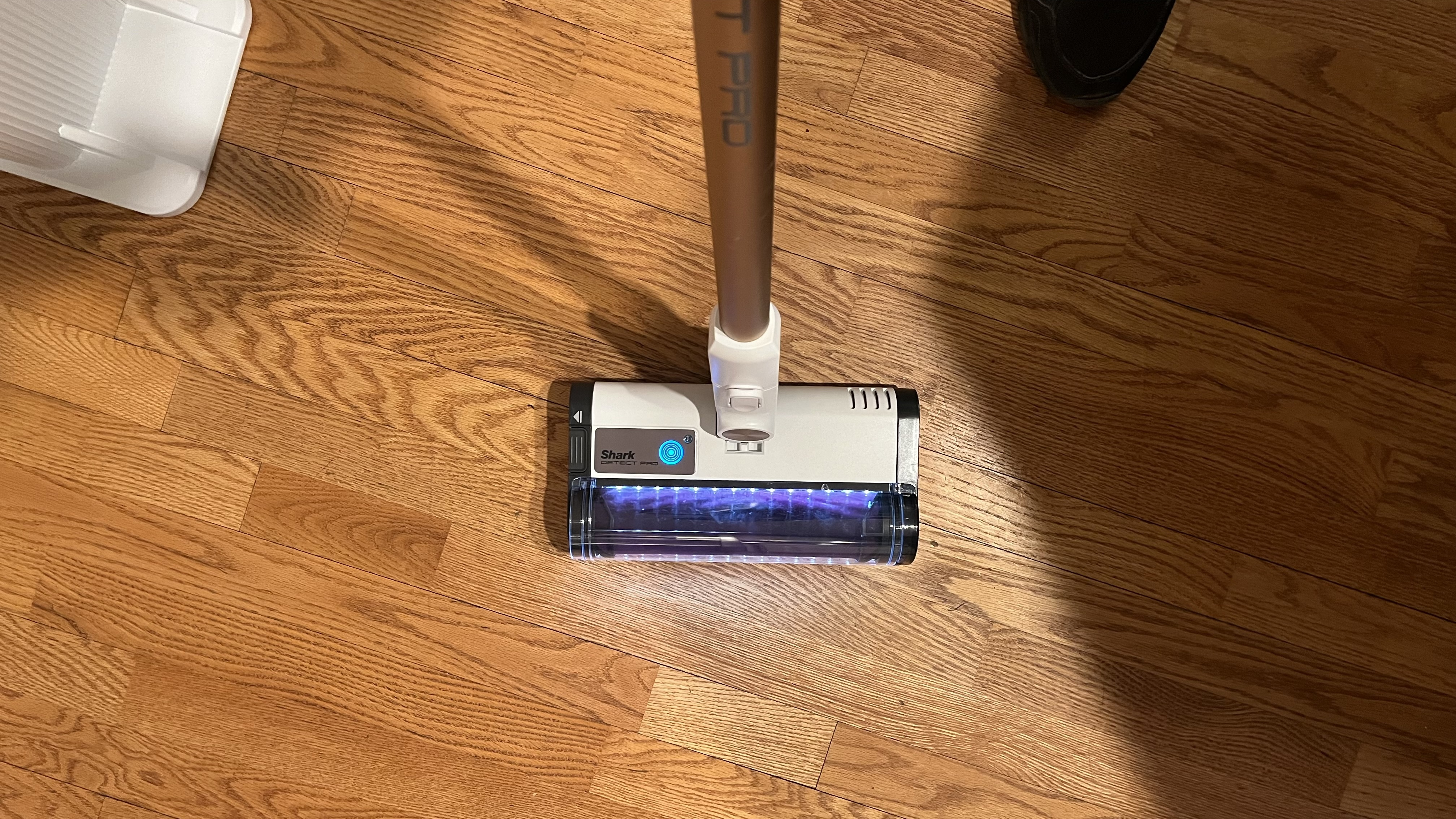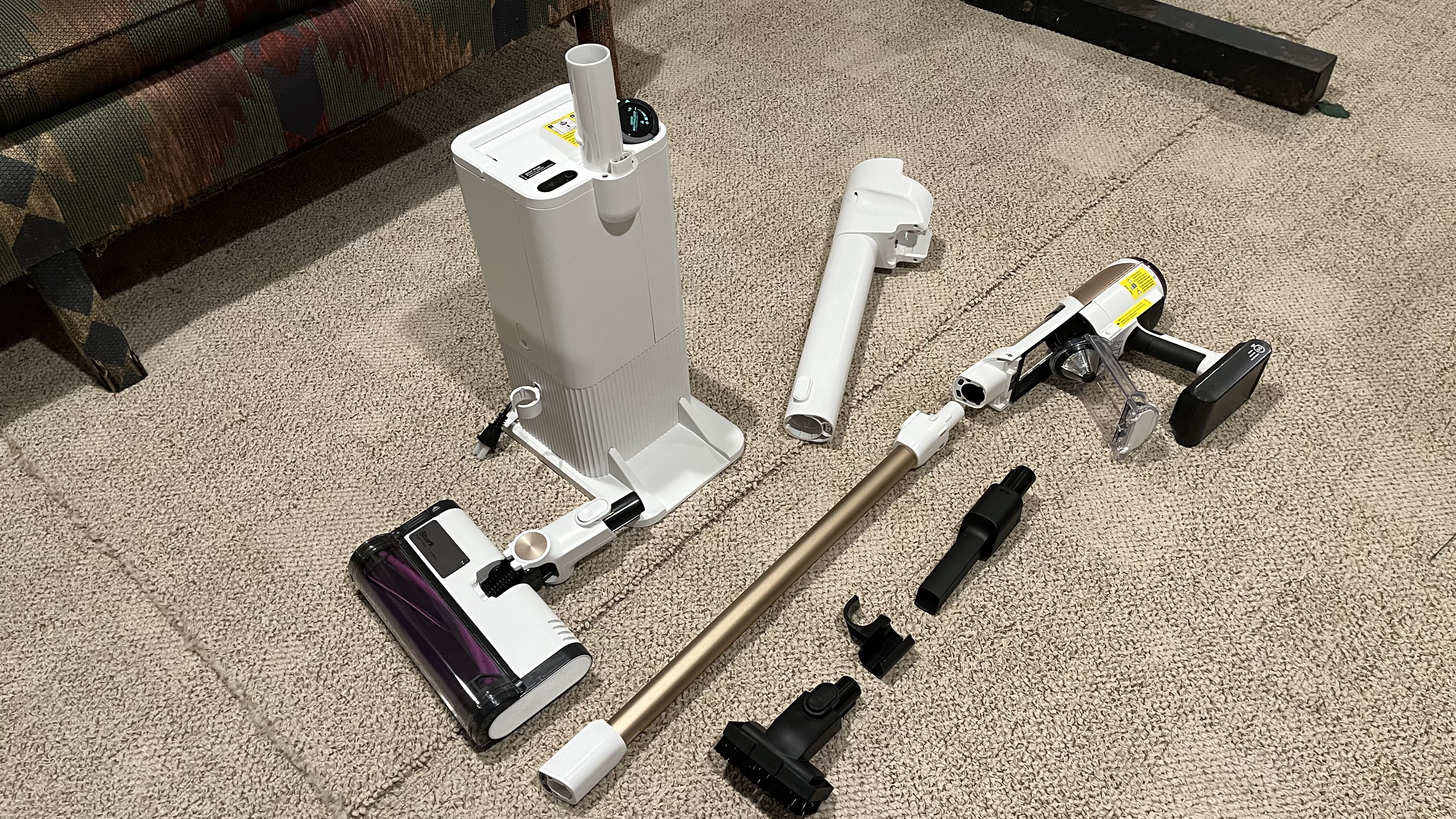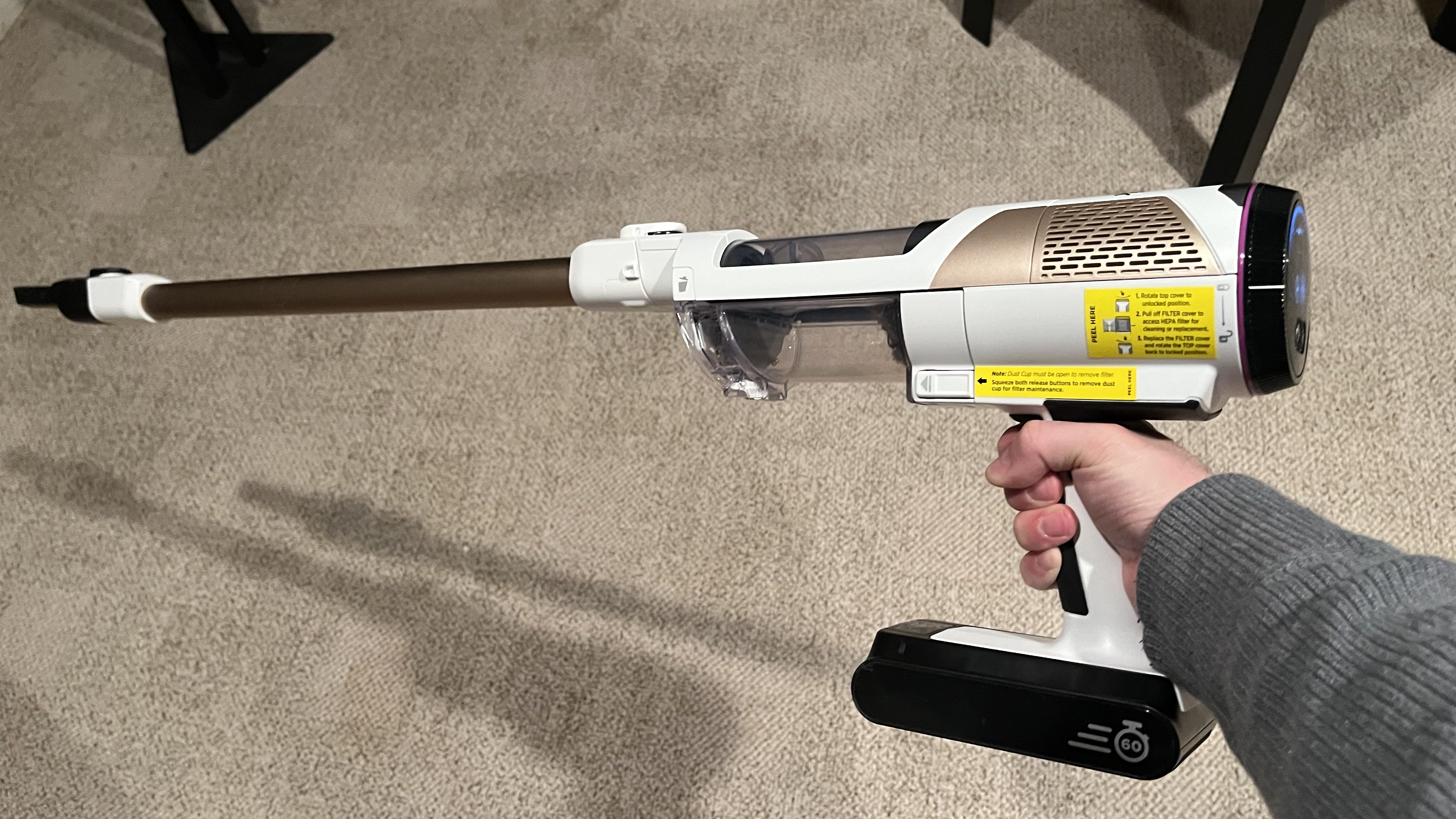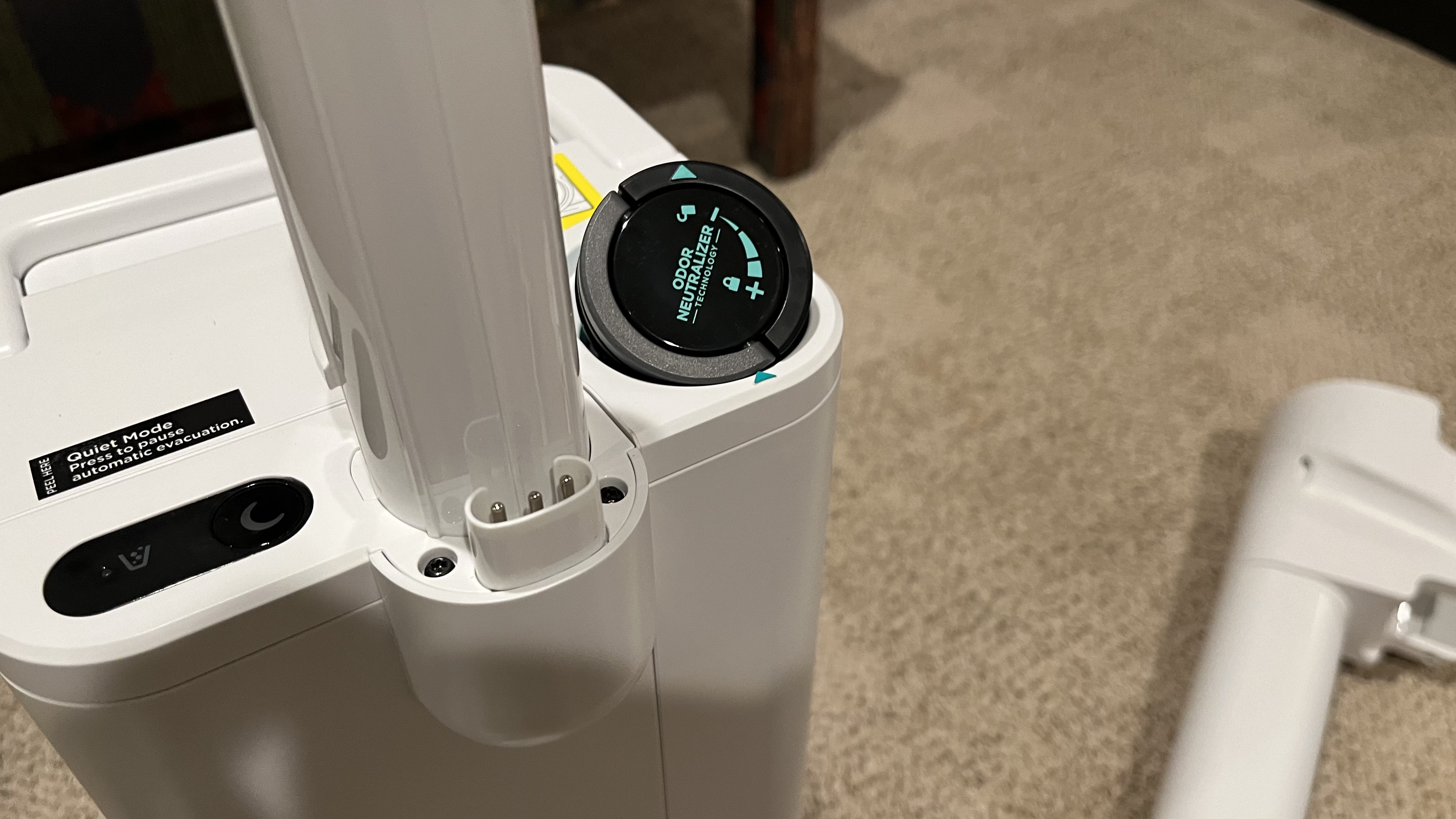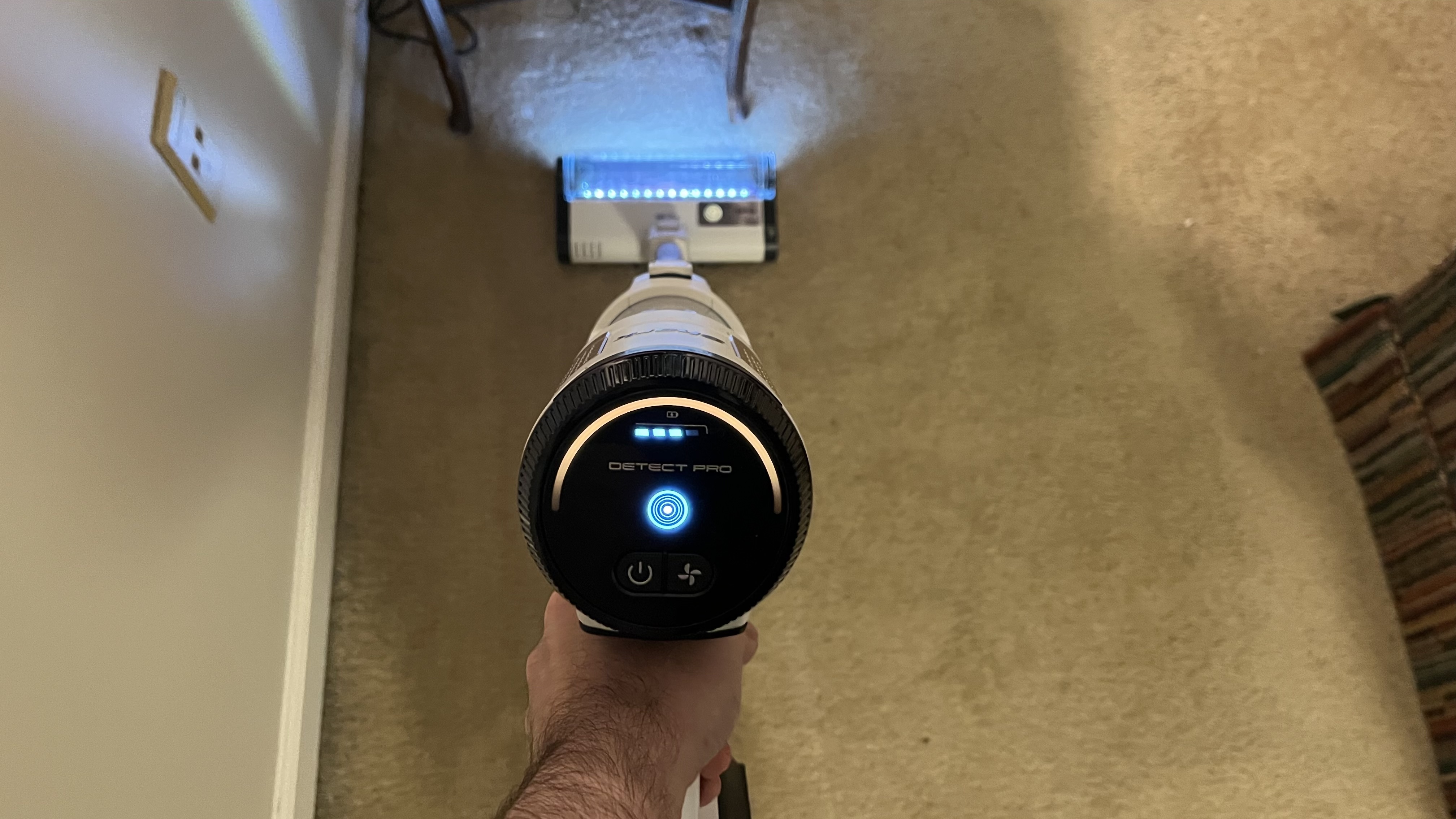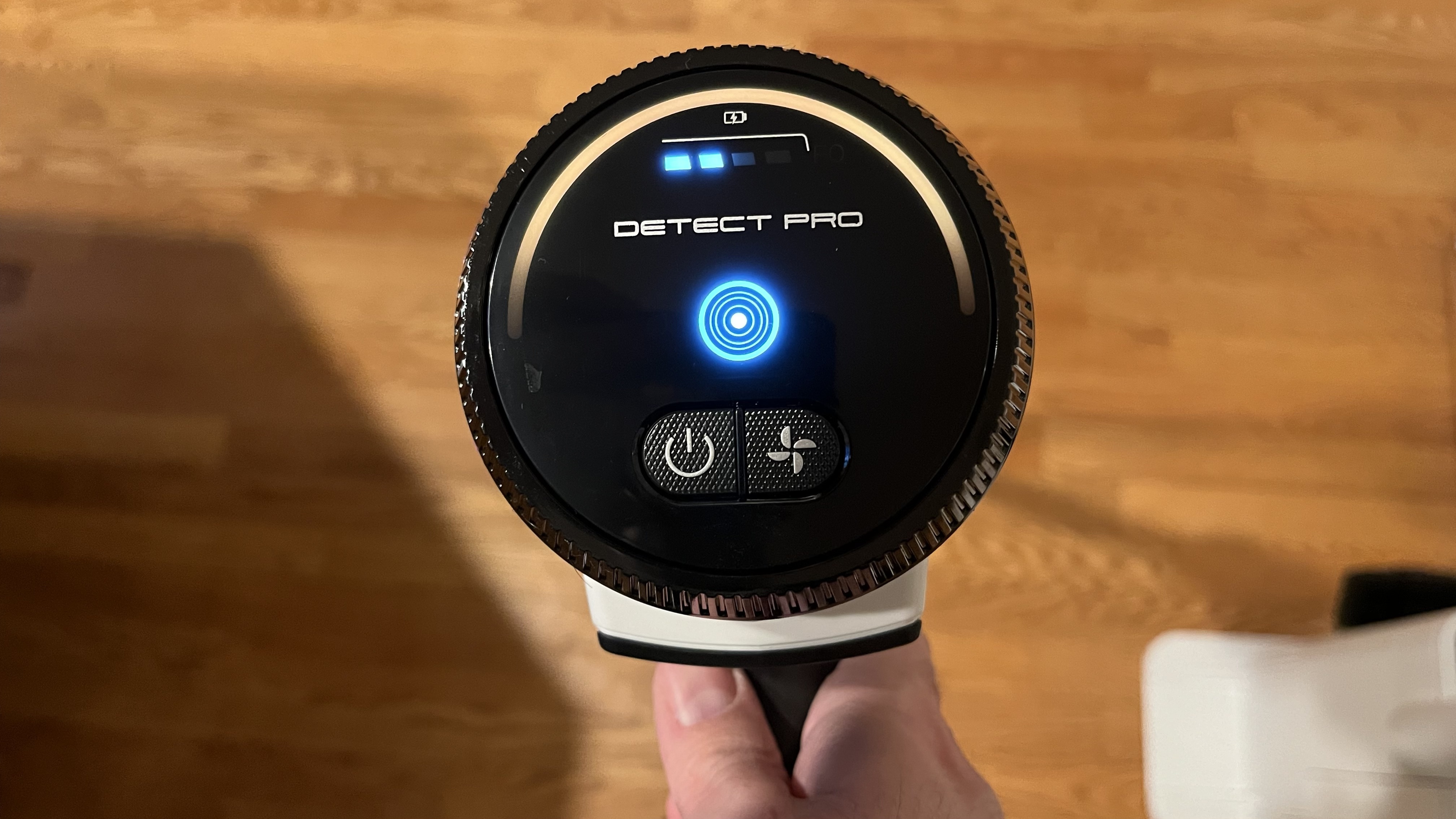Sennheiser Momentum True Wireless 4 review: sound reigns supreme for these excellent wireless earbuds
Sennheiser Momentum True Wireless 4 review: Two minute review
Sennheiser continues its Momentum True Wireless series with its latest incarnation, the Momentum True Wireless 4 (TW4). At its $299 / £259 / AU$479 price, the Momentum True Wireless 4 faces a lot of competition but brings a lot to the table to put up against some of the best noise-canceling earbuds on the market.
Features are one of the Momentum TW4's strong showings, with future-proof Bluetooth support including the latest Bluetooth 5.4 version, aptX Lossless, LE audio and Auracast. Its battery life is long-lasting, with up to 30 hours total playtime, and there are ways to prolong and save power for times without chargers available. These features place it amongst the best earbuds around.
The Momentum TW4’s call quality is good, with mics handling tougher weather conditions well. There were no options to tailor ANC or transparency to calls during my test, such as the Sidetone feature on Sennheiser’s Momentum 4 Wireless headphones, but they will be coming in a future firmware update.
The Sennheiser Smart Control app is a functional companion to the Momentum TW4 that offers plenty of customization options and features, but can sometimes be a little confusing to navigate and doesn’t beat Sony’s Control App.
Sound quality is where the Momentum TW4 shines. Its neutral profile may not excite people who like the bass of the Sony WF-1000XM5 or the trebles of the Technics EAH-AZ80, though the Momentum TW4 will nonetheless reproduce any genre thrown at it beautifully - no instrument goes unnoticed or is left behind.
ANC on the Momentum TW4 is effective. Busy streets and office environments are drowned out when you have music pumping, though the Adaptive Noise Canceling feature can be a little hit-and-miss. With music off or at a low volume, the Momentum TW4 does a good job of muffling, but not totally wiping out, external noise, so if ANC is your top priority, you’ll instead want to look at the Bose QuietComfort II.
The Momentum TW4’s design is copied from the previous Momentum True Wireless 3, with the finish here taking on a more appealing metallic sheen. The buds may be bulky for some, but with different fitting options and a Fit Test in the app to help, the Momentum TW4 buds nonetheless felt comfortable enough during long periods of use. Customizable, intuitive touch controls and a stylish and practical charging case round out a good overall design.
In a competitive, even cluttered market, the Sennheiser Momentum TW4 is a great deal and what it does, it does well. I did have gripes about call control and the Smart Control app, and the sound may not be to everyone’s taste, but the Momentum TW4 gives the best wireless earbuds a serious challenge.

Sennheiser Momentum True Wireless 4 review: Price & release date
- $299.95 / £259.95 / AU$479.95
- Released March 2024
The Momentum TW4 costs slightly more than its predecessor, Momentum True Wireless 3, which was released at $249 / £219 / AU$399 Even so, the Momentum TW4 is priced in the same region as many of its competitors (of which there are many) at $299.95 / £259.95 / AU$479.95.
The Momentum TW4’s closest rivals include the Bose QuietComfort Earbuds II, which launched at $299 / £279 / AU$429, the Technics EAH-AZ80 ($299 / £259 / AU$499), the Sony WF-XM1005 ($299.99 / £259 / AU$499) and the Airpods Pro 2 ($249 / £249 / AU$399). While those prices are all very similar, the other buds have seen major discounts, which puts the new Momentum TW4 on the backfoot. But, based purely on features and sound, the Momentum TW4 is released at the right price.
Sennheiser Momentum True Wireless 4 review: Specs
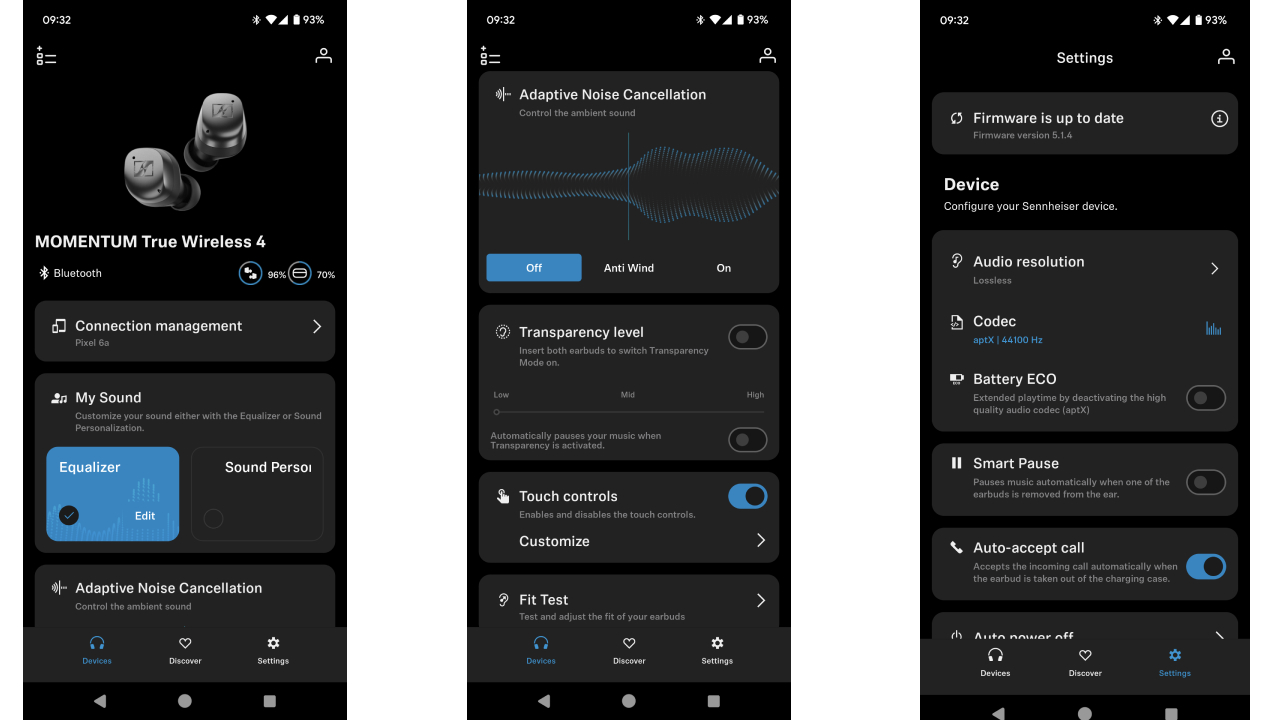
Sennheiser Momentum True Wireless 4 review: Features
- Extensive Bluetooth support
- Solid battery life
- Functional Smart Control app
Sennheiser clearly wanted to future-proof the Momentum TW4. It’s equipped with Snapdragon sound built on Qualcomm’s S5 Sound Gen 2 platform, which will stream not only at 16-bit/44kHz but also 24-bit/48kHz pending a future firmware update, and is compatible with LE audio and Auracast, (both also coming in a future update).
Bluetooth support is stacked, with the latest Bluetooth 5.4 version, aptX Lossless, LC3, and other usual Bluetooth suspects. But unlike with the Sony WF-XM1005, there is no support for spatial audio.
Call quality gives a strong showing on the Momentum TW4. There are 6 mics in total, the same as the Momentum TW3, but also a new feature that Sennheiser calls “AI improved voice pickup and call virtualization”. While on a call with the Momentum TW4, I was told I was coming through loud and clear, even on a wet and blustery day.
I wanted to be able to control what the call sounded like at my end, as ANC was set to maximum. Although this was effective, it was also a little off-putting as I couldn’t hear traffic and my busy surroundings. I’ve been told that customizable features such as transparency will soon be added in an update, but it would’ve been nice to have this feature available as I found the quality of the caller’s voice a bit lacking.
The battery life of the Momentum TW4 is touted as 7.5 hours of charge in the earbuds with up to 30 hours total playtime including the case. Generally, this was accurate. Even when playing with ‘Lossless’ Audio Resolution, the battery life was impressive, and when I combined this with ANC at full I only lost 30% charge over roughly 2.5 hours of playtime.
Wireless charging is also available, though it takes longer than the standard USB-C charging, which does offer up to an hour of playback off a quick 8-minute charge if you’re in a hurry. That’s not quite Sony XM5 level (which is a staggering 3 minutes) but it’s still decent. There’s also a Battery Protection Mode option within the Smart Control app aimed at prolonging battery life by slowing charging and never charging to 100%.
Sennheiser Smart Control may not be the most exciting app, but it’s functional. There’s plenty of customization via a 5-band EQ and sound personalization option, a Fit Test to get your buds sitting right, and customizable Touch Controls. I sometimes found its responses to be a bit laggy or unclear (adjusting transparency while listening to music had no obvious effect) but the app generally serves its purpose.
There’s also a Smart Pause option that pauses music when it detects an earbud has been removed which was generally effective, especially at restarting when you put the earbud back in. If that’s a feature you’re bothered about, you can also turn it off in the app.
- Features score: 4.5 / 5
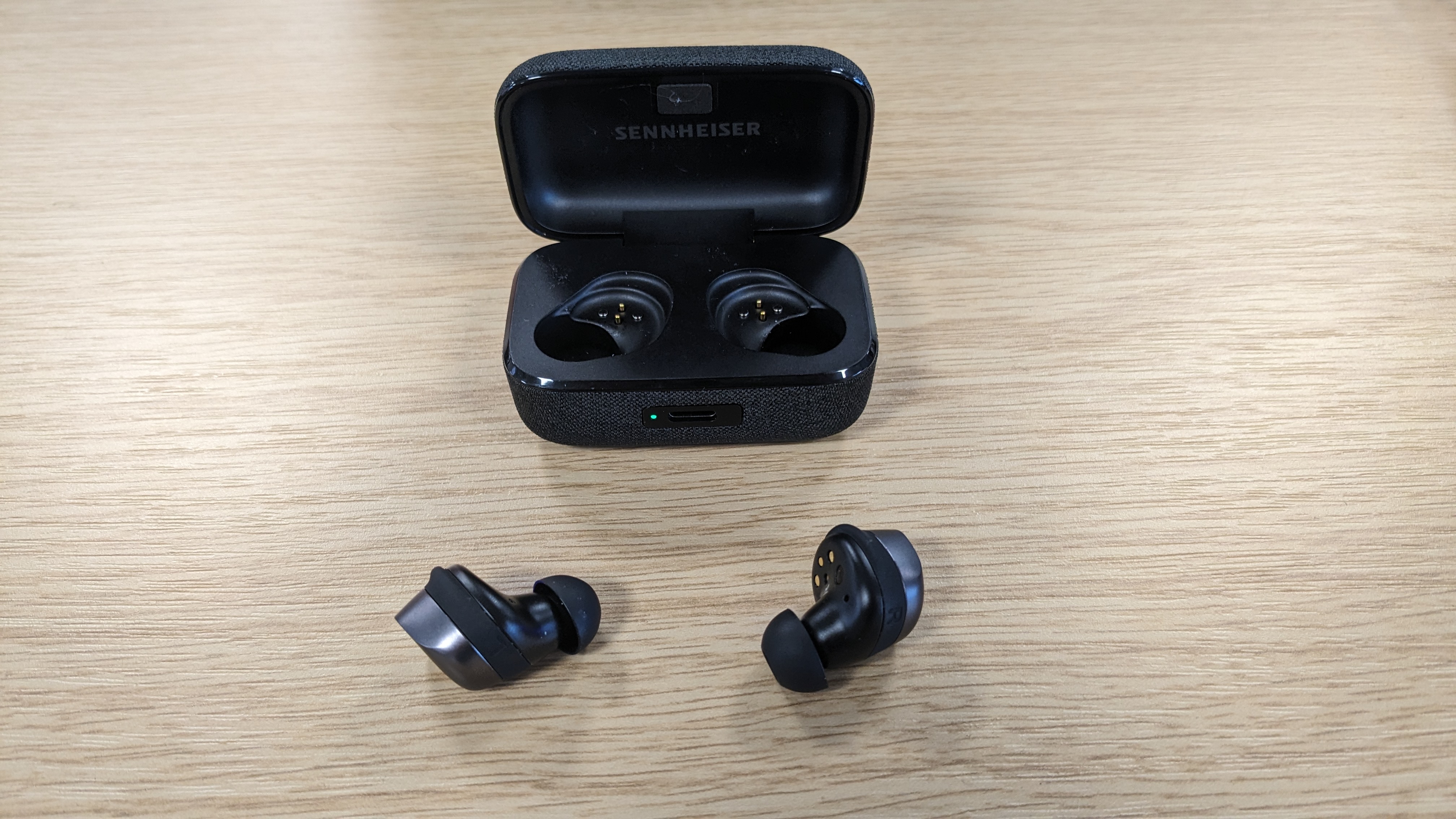
Sennheiser Momentum True Wireless 4 review: Sound quality
- Balanced, wide soundstage
- Extensive sound customization options in app
- ANC is effective, but can be beaten
The Sennheiser Momentum TW4’s sound quality is superb. A balanced and neutral profile means no aspect of the sound is overwhelming, and no instrument goes missing. For some looking for serious bass or enhanced trebles that may not be the best news, but there’s still much to like about the Momentum TW4’s sound.
Whether listening with lossy Spotify or the superior lossless quality Tidal, the Momentum TW4 sounded great. Naturally, Tidal gets the most out of these buds, and it’s worth using to get that little more out of them.
Streaming Confidence Man’s ‘Holiday’, a big and bold dance-pop number, the Momentum TW4 showcased its weighty bass and euphoric synths, which soared without drowning out the vocals, and the wide soundstage enabled every aspect of the song to sing.
Moving on to Dir En Grey’s ‘Rinkaku’, a powerful, driving metal song, the crushing guitars and thunderous drums plowed through the track, and lead singer Kyo’s falsetto vocals also pushed through, with the Momentum TW4 enabling every instrument to breathe.
Listening to A Tribe Called Quest’s ‘Award Tour’, a chill hip-hop classic, the bass wasn’t as powerful as I’d like, but it was tightly controlled and refined. Once again, the Momentum TW4’s balance showed itself, with the vocals, twinkling keyboards, and bass and drums all combining beautifully.
These were just some highlights. Most genres were brilliantly handled by the Momentum TW4, whether it be the sweeping strings of various Final Fantasy soundtracks, the shimmering acoustic guitar stylings of Cat Stevens or the chaotic jazz opening ‘Tank’ of anime Cowboy Bebop! (which features a particularly sharp saxophone solo).
One thing seems apparent - these earbuds were designed with ANC in mind, as I found music to sound better the higher the ANC level. When transparency was set to 'High', I did find the music lost some of its punch compared to the Low transparency setting, but the quality was still there.
Speaking of Active Noise Canceling (ANC), the Momentum TW4 is effective, offering several ANC options through the Sennheiser Smart Control app. The Transparency is adjusted from Low (higher ANC levels) to High (lower ANC levels) via a slider. In a busy office with ANC on maximum, nearby voices were muffled but audible with no music playing. With music on, however, I found it difficult to hear the sound of my keyboard while working.
The Adaptive Noise Canceling feature, which dynamically adapts ANC to the world around you, was also effective on my walk through busy streets to my office, though it was not mind-blowing. ANC on the Momentum TW4 is very good, though Sennheiser won't dethrone the Bose QuietComfort Buds II anytime soon.
One thing worth noting is there is no way to turn noise canceling completely off, but merely to a low transparency level. I didn’t find this to be much of an issue, but it is something worth bearing in mind.
Sound customization options are available within the Smart Control app, including a 5-band EQ and a Sound Personalization option that compiles your ideal sound profile by going through an A/B test with sliders. I found the out-of-the-box sound (after a couple of days run-in) to be perfectly fine, but it was also nice to have these features. When I experimented with Sound Personalization to get my EQ profile, it was surprising how different the sound was.
While the Sony WF-1000XM5 may offer bass and the Technics EAH-AZ80 more treble, the Momentum TW4’s sound profile sits nicely in the middle in a way that suits my listening style. So if you want a more neutral sound, you will also like the Momentum TW4.
- Sound quality score: 4.5/5
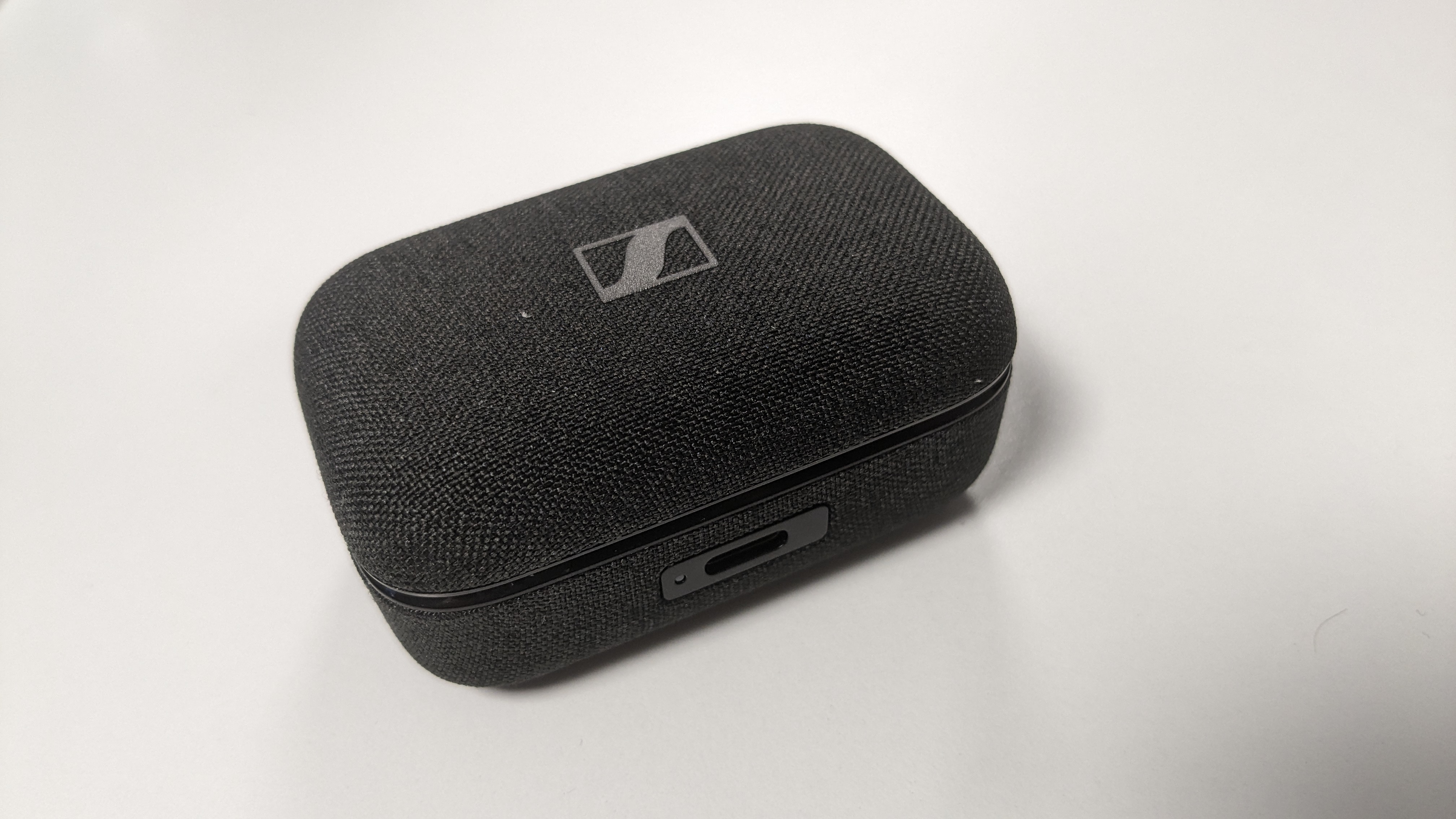
Sennheiser Momentum True Wireless 4 review: Design
- Customizable touch controls
- Comfortable with plenty of fit options
- Practical, if uninspiring design
The Momentum TW4 is almost identical to the earlier Momentum TW3, keeping the same shape and arm design. As for colors, Sennheiser offers three options: Black Graphite (the option I tested), White Silver and Black Copper. The metallic sheen is an improvement over last year’s design but still feels a little plain. That copper color is certainly tempting, however…
In terms of fit, the Momentum TW4s sit within the ear canal. There are 4 bud sizes (XS, S, M, L) and 3 ear fin sizes (S, M, L) in the box, and I found the M size of both the bud and fin (which were the already fitted size) to suit me fine. After several hours of continuous use, the Momentum TW4 buds were still comfortable enough to keep wearing.
To aid with fitting, a Fit Test within the Smart Control app uses different music clips at various volume levels to establish optimum fit, which I found helpful. This is not a unique feature to Sennheiser (many rivals have it), but it is worth checking out.
I found touch controls on the Momentum TW4 responsive, with the left earbud controlling transparency and ANC and the right controlling playback. These controls are customizable within the app, so if you use one function more than others, you can make it a one-tap option. You can also, of course, turn the touch controls off altogether if you wish.
The Momentum TW4’s overall build quality is solid and weighty, although some may find its bulkier 6.2g weight and larger size cumbersome compared to the Sony WF-1000XM5, which weighs in at 4.2g.
The charging case that comes with the Momentum TW4 is a particular highlight, with a similar weighty, solid design as the earbuds. It may not suit everyone, but the felt material does give it a more premium and comfortable feel.
- Design score: 4 / 5
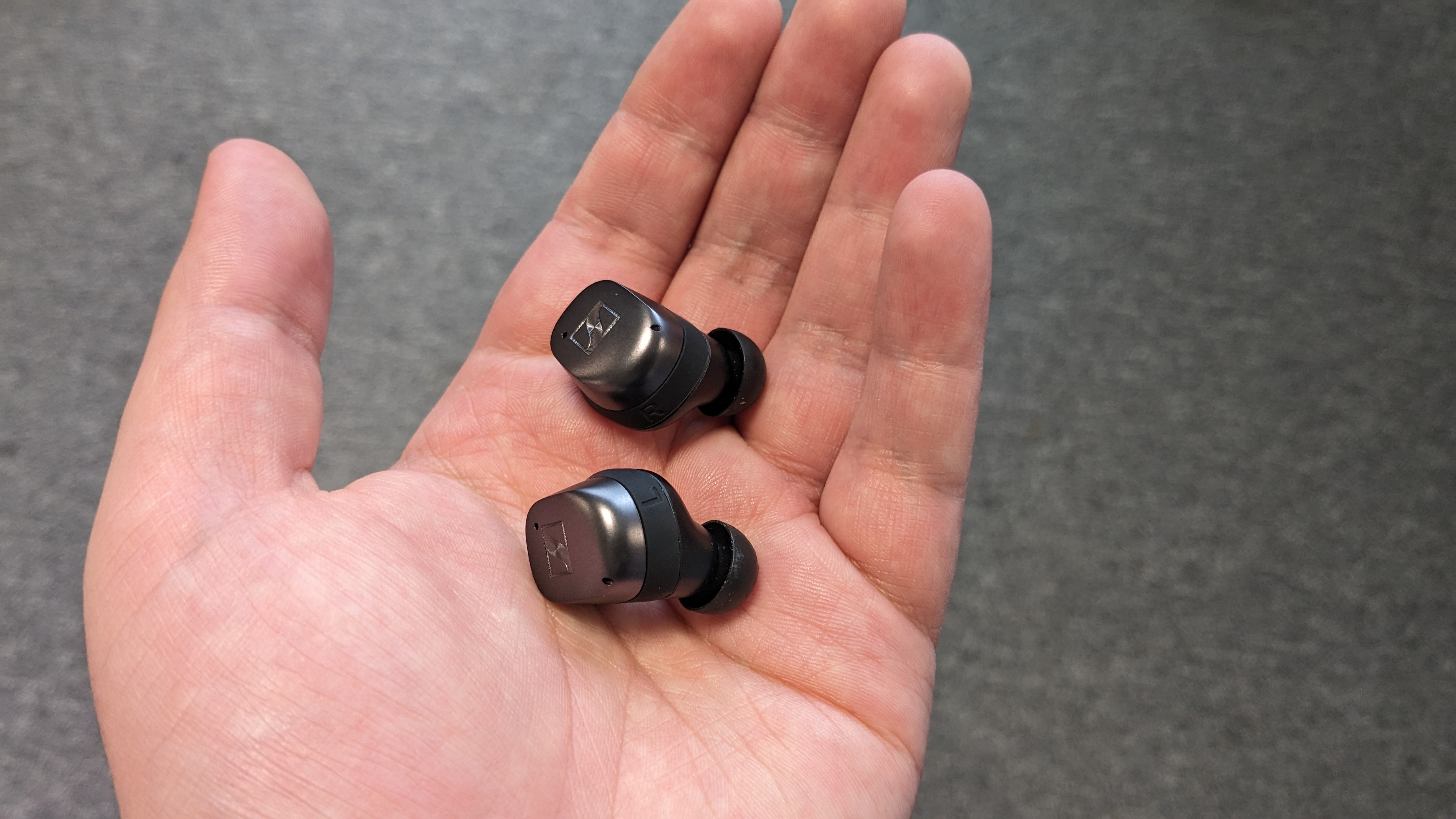
Sennheiser Momentum True Wireless 4 review: Value
- Feature-packed for the money
- Premium feel
- Extremely competitive area
The Sennheiser Momentum TW4 is packed with future-proof features, including LE audio and Auracast compatibility, and offers great sound quality. But with a retail price of $299 / £259 / AU$479, it has a lot of competition in its price range.
Compared to rivals, the Momentum TW4 is bested in certain areas (Bose QuietComfort II for ANC, Sony WF-1000XM5 for apps and spatial audio), though it does offer a jack-of-all-trades approach that covers every area well. But even at a price currently higher than its rivals, the Momentum TW4 is a good value, just not quite a perfect one.
- Value score: 4 / 5
Should you buy the Sennheiser Momentum True Wireless 4?
Buy it if...
Don't buy it if...
Sennheiser Momentum True Wireless 4 review: also consider
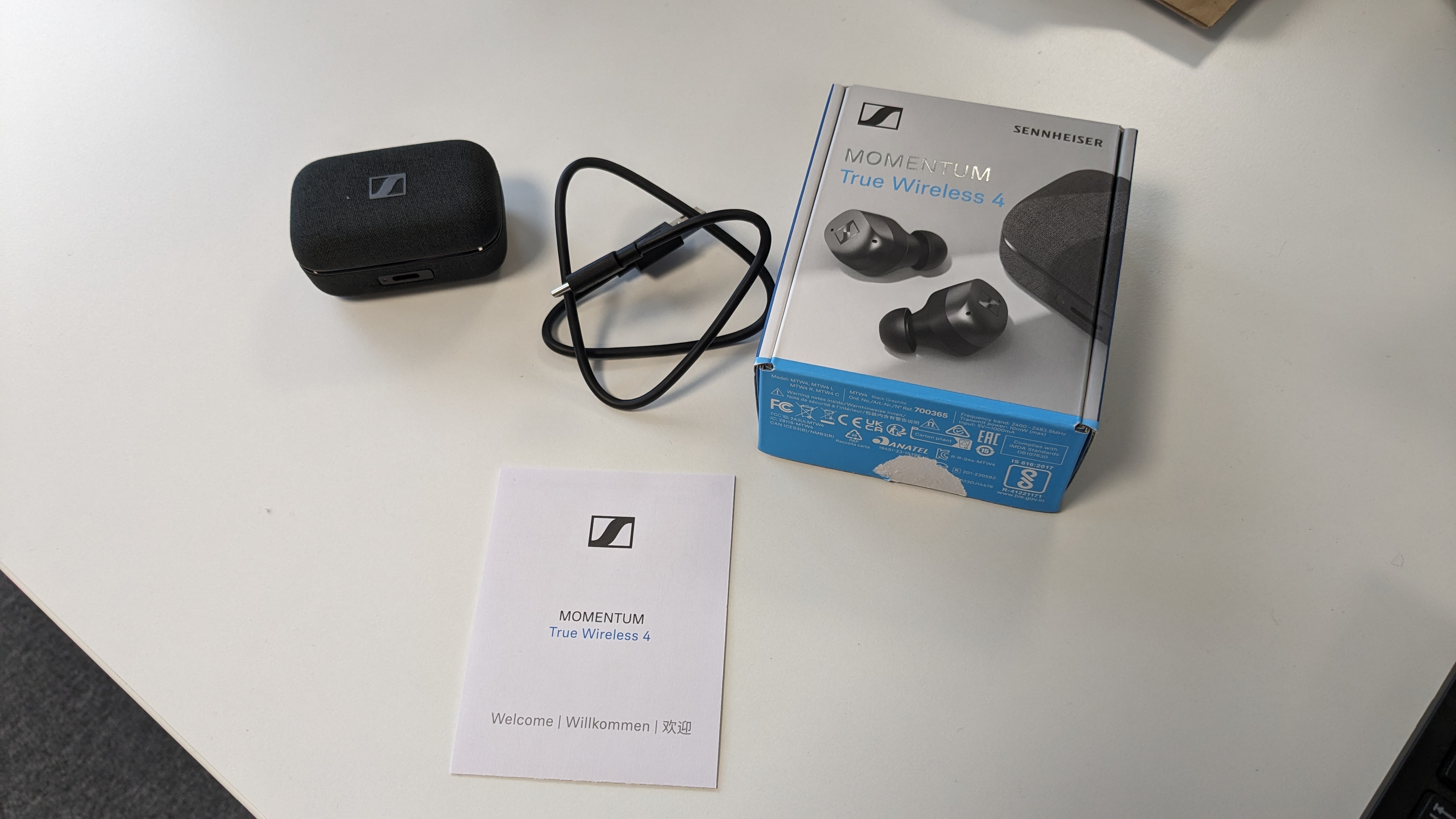
How I tested
- Extensive playtime over a week
- Tested at home, in office and in public
- Pixel 6A used as source player, streaming Spotify, Tidal, Netflix and more
After a 48-hour run-in time, I tested the Sennheiser Momentum Wireless 4 with both Spotify and Tidal streamed through my Google Pixel 6A (which supports aptX HD audio), listening to various genres from metal to pop and beyond. I also watched content with streaming sites such as Netflix and BBC iPlayer to test voice quality, and used podcasts to test this as well.
To test battery life, comfort, and noise-canceling, I wore the Momentum True Wireless 4 earbuds throughout my working day in the office, and during my commute to and from work through busy streets and often wet and windy conditions. I also listened at home when it was quietest and tested call quality outside in different weather conditions.
- First reviewed: February 2024
